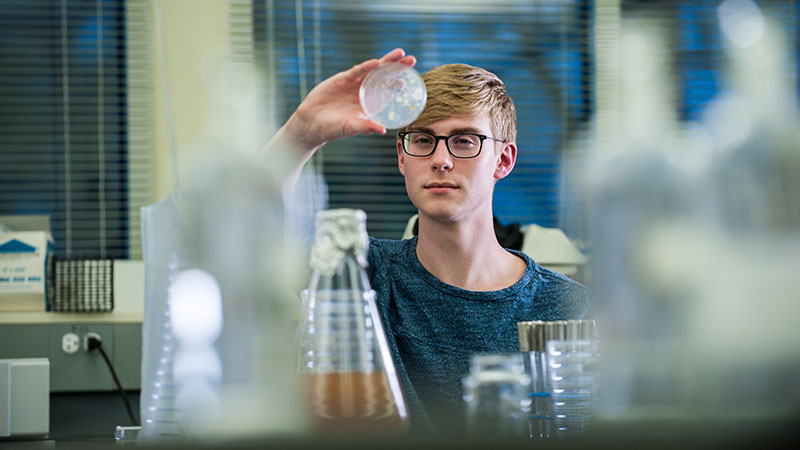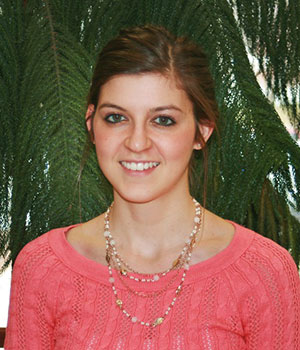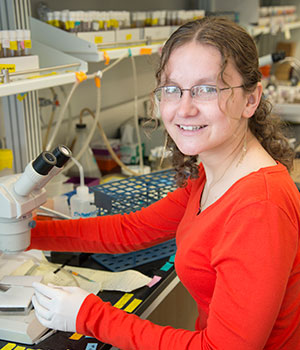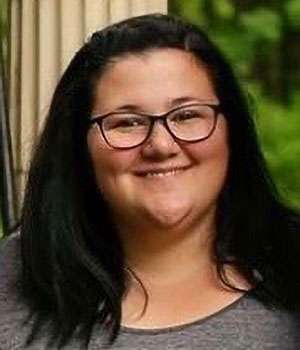Biology and Environmental Science

- How does the genetic makeup of a patient’s cancer determine treatment and prognosis?
- What microbes live inside our bodies, and what roles do they play in our health?
- How can we use remote sensing to assess the effect of habitat changes on biodiversity?
- How will species distribution change as climate changes?
- What farming practices are the most efficient and sustainable?
Recent scientific and technological advances mean that biology can now be used to tackle many of society’s most challenging problems, such as understanding human health, preserving the environment and species diversity, and producing enough food to feed the world’s population1. The CiSM certificate, in combination with a biology or environmental science major, is designed to provide students the foundation they will need to contribute towards solving these problems: deep knowledge in biology, the ability to integrate this biology knowledge with information from other disciplines, and high proficiency in computational and quantitative skills.
Computation in Biology, in the words of UE Biology Alumni
"My PhD thesis work at the University of Chicago investigates how tissues change shape throughout development to generate complex adult forms. Thus, I enjoy spending my days watching cells and tissues change shape under the microscope. Midway through my graduate education, I realized that sharing my results with the scientific community through publications necessitated that I quantify the movies I captured with the microscope. This quantification required me to become familiar with several programming languages, including SQL and R, and it has been one of the most challenging aspects of my PhD, as I entered graduate school with very little coding/programming experience."
"I was very excited to learn of UE’s CiSM program and its mission of introducing undergraduates to computational problems and methods. I can say, without a doubt, that undergraduates aspiring to a career in scientific research will benefit from this immersion in computational thinking, and they will enter graduate school better equipped to answer a variety of biological questions."
Ashley Rich, 2013, PhD, University of Chicago, 2020.
"I use R to do all my statistics, and really like being able to adjust any parameter and use almost any statistical test - or build my own. This means that after spending months gathering a dataset, I can squeeze more conclusions out of it. It's also easier to share and publish methods, because I just attach the script and another person could replicate the analysis, or adjust it to their dataset."
"Computational biology has also been a big help when analyzing genome sequences after mutagenesis or CRISPR/Cas9 editing, for example, when analyzing whole genome re-sequencing results from a mutagenesis screen to identify candidate mutations."
"The CiSM program sounds really great. A lot of graduate students (and even postdocs) are very comfortable with complex wet-lab experimental techniques, yet freeze up when less common statistics are mentioned. I think that hands-on teaching of computational methods and statistics right from the start is the best way to make students comfortable and confident with computational techniques. Bringing in good computers loaded with necessary software and providing large datasets removes the barriers some students might otherwise run into. Finally, collaborations with businesses are a priceless tool for experience and networking toward future job placement."
Zuzana Kocsisova, 2013; PhD, Washington University in St Louis, 2019.
"Biology is becoming a more and more data-rich field. Scientists in many areas of the life sciences can benefit from being able to manipulate big data. I am an example. The goal of my Ph.D thesis work at Purdue is to understand how black walnut (Juglans nigra) trees make their own herbicide, a compound called juglone that they release into the soil to hinder growth of neighboring plants. Scientists have known about juglone for decades, but very little progress had been made on understanding how it’s synthesized in the plant. We were able to shine some light on this problem by generating big data in an RNA-sequencing project that helped us approach the biochemistry question from a different direction."
"After I graduated from UE, I had no skills in coding. At Purdue, I have taken a few classes about manipulation of big datasets using R and Unix that helped tremendously when manipulating my own dataset. Despite these classes, I reached the limit of my expertise quickly, and had to collaborate with a facility who specializes in these big data problems to accomplish my research goals. Had I the opportunity to complete the CiSM certificate, I would have come into this project with a better mindset and grasp of understanding of the problem at hand. and may not have had to use an external facility."
Rachel McCoy, 2012, PhD, Purdue University, 2020
Office Phone
812-488-2029
Office Email
cism@evansville.edu
Office Location
Room 216, Koch Center for Engineering and Science



